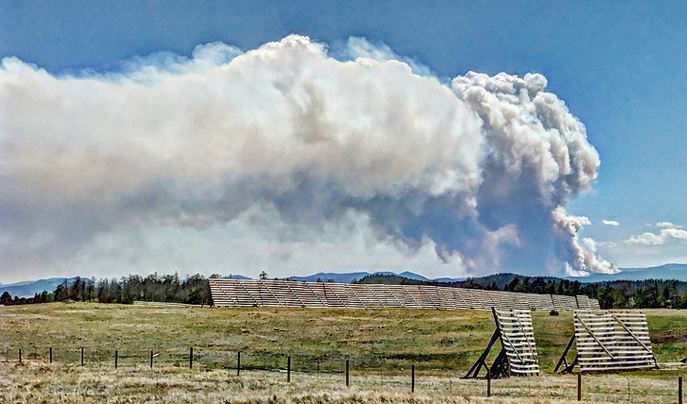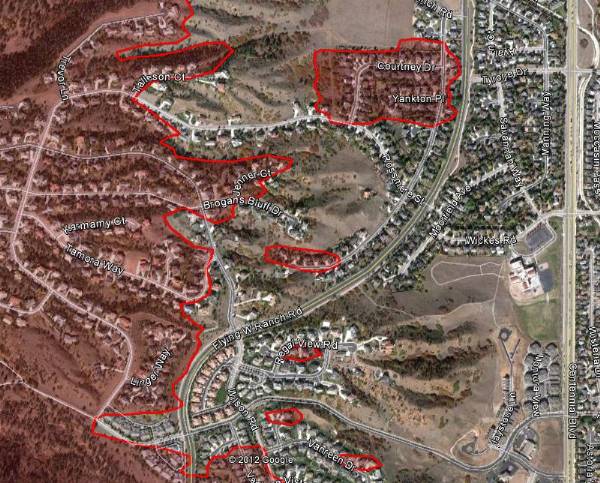
Below is an opinion piece written by Gary “Bean” Barrett, a retired Navy Captain.
****
Colorado Wild Fire Management, a military view of firefighting in the State
From a military viewpoint, if wildfire were an intelligent adversary it would win every time in Colorado.
Ignition from natural causes is not preventable. Fires will start. The goal must be to limit the damage caused by fires. In a few cases, if the fire is in a remote area, it may be possible or even desirable to let it burn. Given the population density in and around Colorado’s forested lands, this is seldom an option. In the remaining cases, it is critical to keep small fires small. The defensive strategy for fire management is mitigation. If the fuel is not there to burn, the fire becomes manageable. The offensive strategy is to suppress the fire and the quicker the better since it is much easier and less costly to fight a small fire. Both strategies are required in order to manage wildfires in Colorado.
Emergency Support Function 4 of the State Emergency Operations Plan was written envisioning the Division of Fire Prevention and Control (DFPC) management of major fire fighting operations. It unfortunately ignores the key capabilities and responses needed to keep small fires from becoming major fires. It wrongly assumes existing local organizations and resources are adequate for the Initial Attack (IA) on wildfires in Colorado. I believe this assumption is a significant contributing factor to the frequency of large disastrous wildfires in Colorado over the last few years. Some, perhaps many, of our large wild fires are avoidable.
It appears the state legislature also operates under the same assumption. The legislative focus, including that of the Wildfire Matters Review Committee, and the Governor’s Wildfire Taskforce, has been on low cost (to the State) mitigation of private property. Improving IA has been ignored.
Federal estimates show that a dollar spent on mitigation precludes expenditure of $5 on firefighting. This may be statistically correct but even if mitigation of state and private land was completely accomplished, it would only address approximately one third of Colorado’s problem. Approximately 67% of our forests are on federal lands that depend on federal land management agencies for proper mitigation. Colorado cannot direct federal agencies to conduct mitigation. The majority of Colorado’s mitigation problem is beyond Colorado’s control.
- “At current rates of treatment, it would take 60 to 90 years to restore healthy conditions, reducing the risks of catastrophic wildfires for firefighters and homeowners, the federal audit found.” Disastrous wildfire era set to continue in Colorado – Denver Post 09/16/2012
Continue reading “A military view of wildland firefighting in Colorado”



